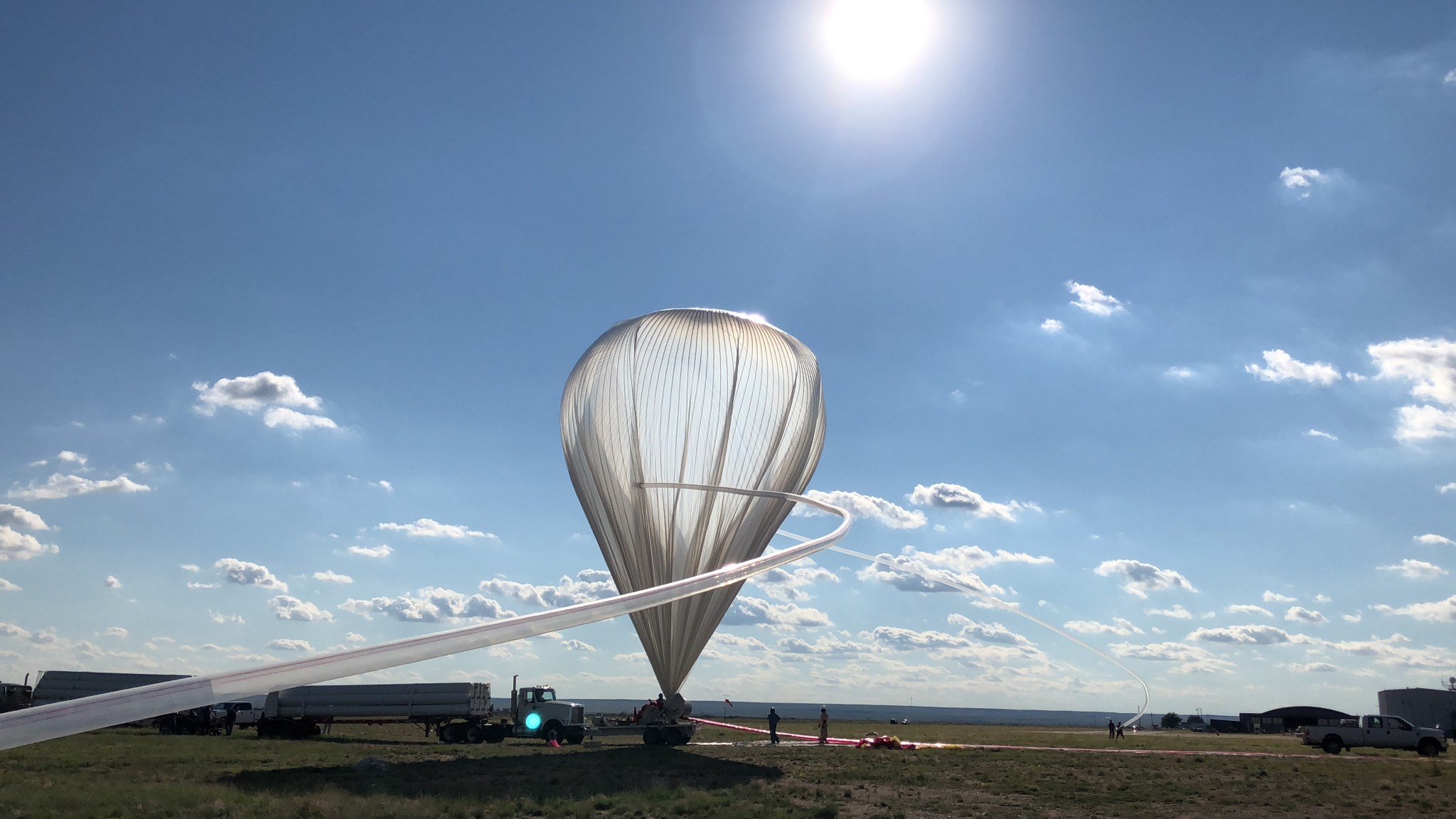Six university teams have been selected as finalists to advance to the next phase of NASA’s Formulate, Lift, Observe, And Testing; Data Recovery And Guided On-board Node (FLOATing DRAGON) Balloon Challenge.
The challenge, sponsored by NASA’s Balloon Program Office (BPO) at NASA’s Wallops Flight Facility and managed by the National Institute of Aerospace, was developed to provide increased opportunities for academic research institutions to contribute to the NASA Science Mission Directorate’s (SMD) mission.
The FLOATing DRAGON Balloon Challenge finalist teams are:
- Princeton University – Princeton, New Jersey
Balloon Research Glider Recovery (BRGR) - Purdue University – West Lafayette, Indiana
Purdue DRAGONfly - South Dakota State University – Brookings, South Dakota
Project Jack Drop - The University of Texas at Austin – Austin, Texas
Floating Longhorns - University of California, Davis – Davis, California
HERMES (High-altitude Experimental Rogallo Mission to Escort Safely) - University of Notre Dame – Notre Dame, Indiana
IRIS v3
Finalists were seleted by a panel of NASA subject matter experts who reviewed each team’s Conceptual Design Review (CDR) package. In their CDRs, teams addressed feedback received from the judging panel on their previously submitted Preliminary Design Review (PDR) packages.
Each finalist team will receive a hardware package and small stipend to offset costs associated with the development and construction of their proposed data recovery system concept. Over the next few months, they will work hand-in-hand with NASA engineers at Wallops to refine their designs to allow for the safe release and retrieval of crucial data collected during planned scientific balloon missions.
Because these balloon missions will collect massive amounts of telemetry data, NASA must find ways to safely drop multiple data vaults for recovery on the ground. Enter the FLOATing DRAGON finalists. The data vaults they are developing must have the capability to accurately target (and navigate to) a specific point on the ground in order to mitigate the risks associated with dropping objects from a balloon at a high altitude.
“This is no simple task,” said Dr. Sarah Roth, chief technologist of BPO. “In addition to mitigating the safety risks to the public, these teams must also construct nodes that will integrate into our existing systems and be able to withstand ever-changing harsh environmental conditions at such a high altitude in the atmosphere. The ideas proposed by the university teams are incredibly novel, and we are excited to see how their systems will perform.”
In addition to working collaboratively with NASA subject matter experts on a real-world problem, these university teams have high hopes for an actual flight test of their hardware. Upon successfully passing a rigorous mission review process, the plan is for finalist teams to conduct a test drop of their system in Ft. Sumner, New Mexico, in August 2023. The winner may have the opportunity to integrate their system in a future NASA mission.
The FLOATing DRAGON Balloon Challenge is sponsored by NASA’s Balloon Program Office at NASA’s Wallops Flight Facility and managed by the National Institute of Aerospace.
For more information about the Challenge, visit:
https://floatingdragon.nianet.org
Robin Ford
National Institute of Aerospace
Media Contact:
Jamie Adkins
NASA’s Wallops Flight Facility, Va.



























